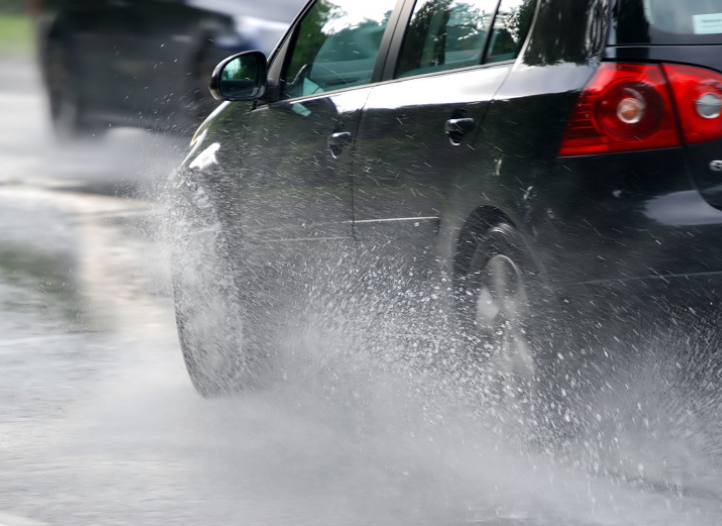
Why Wash Your Car After It Rains In San Diego?
Following a rainstorm is one of the most effective times to wash your car. Many people believe that if they park their vehicle in the rain, the rainwater will clean the dirt and salt away. Rainwater, on the other hand, can do more harm than good. Acid Rain occurs as rain absorbs toxins and nutrients from the air when it falls. At Dr. Detail San Diego, we provide the best auto detailing services here in San Diego.
Avoiding The Damages From Acid Rain
Acid Rain has burned itself into the paint, resulting in flaws. The only way to eliminate the etching is to use a dual-action polisher and professional-grade buffing pads to polish and buff it away. Rainwater and contaminants accumulate on the car even after a brief downpour. The rainwater evaporates finally, leaving a thin layer of impurities on your car’s finish that can destroy it.
The longer contaminants and contamination remain on your vehicle’s finish, the more harm it can do to the paint finish. If you have a microfiber drying towel on hand, use it to clean off the car so that the water stains don’t stick to the paint. Snow and sleet can also cause problems, which exacerbates the chemicals in road salt.
Road salts are incredibly damaging to a car’s paint. It is suggested that you wash your vehicle within ten days of driving on a road that has been treated with road salt. Many people are extremely busy, and time is always a problem. Washing your car regularly, even once every two weeks, will help protect it from the salt that can eat away at the paint and cause rust.
If you do have your car cleaned, make sure it’s done with clean water. Avoid car washes that wash your car with recycled water. Hand washing is still preferable at home. Many car washes use harsh “soaps” that remove any wax or sealant from your vehicle’s paint finish.
After driving in salty weather, wash your car as soon as possible. To prevent the doors, hatches, and trunks from freezing shut after you pass the vehicle, open all doors, hatches, and boxes and allow them to dry or dry them by hand. Clean off any snow or ice compacted in the wheel wells, under the fenders, or against the fenders.
These areas are particularly vulnerable to rust, and saturating snow and ice with road salt increases the risk of injury. Snow-filled wheel wells can also affect how the car behaves, braking, turning, and maneuvering more difficult. In the winter, there might be a few days when it is warm enough to rain.
Conclusion
It recommends that you apply a protective finish to your car to prevent the salt from causing too much harm. Ceramic coating paint safety is one of the most amazing things we have to sell. It’s unaffected by road salts, grit, or grime. To summarise this car detailing tip, hand wash your car as much as possible, especially after driving in salt and after rain.




Leave a Reply
You must be logged in to post a comment.